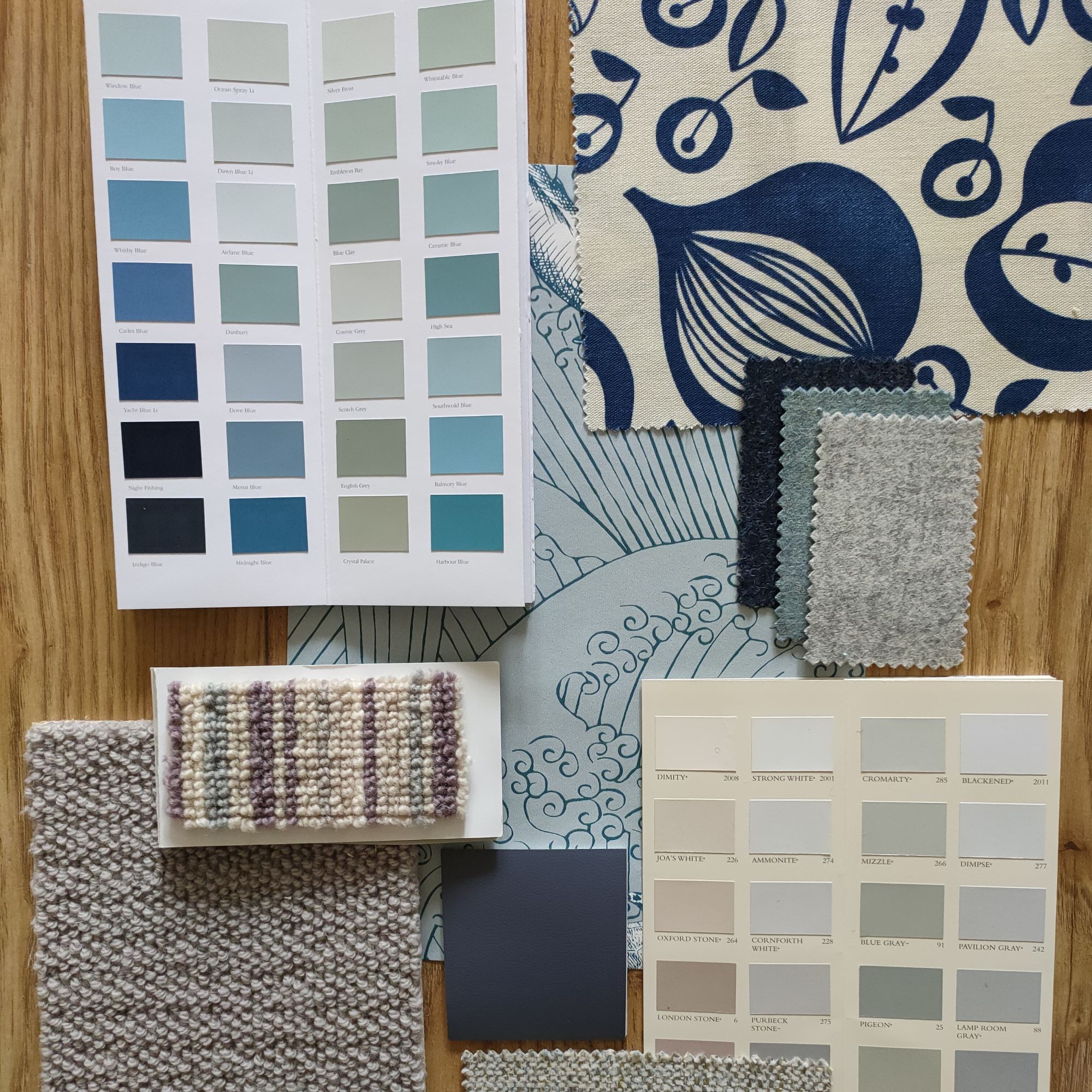A colour scheme is an indispensable guide for decorating, furnishing and accessorising a room successfully. When used correctly a room will look and feel harmonious and be a pleasure to spend time in. In contrast, if you don’t work to a colour scheme the room can look and feel disjointed, unsettling or just plain boring.
Defining colour schemes for living rooms, dining areas or bedrooms isn’t so daunting if you can identify your cornerstone element. From this the rest of your colour scheme will flow.
Read on to find out how to build colour schemes for all the rooms in your home.
How to start defining a colour scheme
Few people have the luxury of a completely blank canvas when they move into a new house or if they decide to redecorate a room. Identifying elements of your current room or pieces of furniture that you wish to keep is the first step. Perhaps your floor covering is in good condition, perhaps you have already purchased your sofas, chairs or curtains, or perhaps you have already decorated the walls of the room? Whichever element/s you know that you want to keep and include in your new room design should be used as the foundation for your palette. This is your cornerstone element.
Real life example

When we moved into our current house, the cornerstone element of our lounge was the floorboards. They are a mid-oak wood tone and well laid throughout the ground floor, so these had to stay. I built on this with the golden yellow rug and some decor accessories. The dark contrast is the teal fireplace feature wall and the darker wood furniture. Making up the majority (because it’s North East-facing) are the light-toned walls and sofas.
How can I build the colour scheme from the cornerstone element?
There are several practical theories about colours and room design. At the simplest level you should ensure you have light, medium and dark tones present. This will provide contrasting highlights which will give you visual interest in the room.
Secondly, you can apply the colour palette ratio rule of 60%, 30%, 10%.
Thirdly you should take into account the amount of natural light in the room, your own personal preferences and style, and the mood you are trying to create. You may want the room to be cosy and cocooning, bright and breezy or colourful and visually impactful for example.
Using these three theories in combination will enable you to develop the ideal mix of tones and colours in your room.
Real life example

The cloakroom I have just designed features;
60% medium tone – blue and white patterned Under the Sea wallpaper and grey porcelain floor tiles.
30% darker tone – Air Force Blue woodwork, ceiling and door paint.
10% light toned – white sanitary ware and splashback tile.

How can I work out which colours to put together?
A colour wheel is a great place to start to find complimentary and contrasting shades to the colour of your cornerstone element. Finding one that is suited for interiors use as it will show subtleties of colour shades is important. This one from Amazon looks ideal.
Keep in mind defining the dark, medium and light tones and try to assign them a percentage of presence in the room.
Creating a colour palette grid like I have done above may also help you organise your ideas. You can slot the elements of the room into the grid to ensure it looks harmonious. It will also show you if you have enough visual highlights which makes your room look as appealing as possible.
I’m still not sure how to decide a colour scheme, can you help?
For sure! The colour palette is crucial to the success of every room in your home. As I’ve outlined above you don’t need to start from scratch either. Working with whatever elements of the room you wish to keep, I will build up the colour scheme taking into account the room position, functionality and your own style.
At the conclusion of this service you will be in possession of a detailed colour scheme for your living room, dining area, bedroom, bathroom or kitchen. You can use this as a reference point for painting, wallpapering, tiling, choosing fabric for furniture, blinds or curtains and buying accessories.
My fee for colour scheme creation starts at £250 per room.
If you wish to upgrade this service to a full room design, you will additionally receive samples of paint, wallpaper, tiles, fabric and floor coverings as appropriate. Furthermore, I will source furniture and decor that will work in the scheme. You will receive a mood board alongside a comprehensive document of online links for you to purchase the items I include. The full room design service starts at £600.
You can view my previous rooms designs and colour schemes in my Portfolio here.
